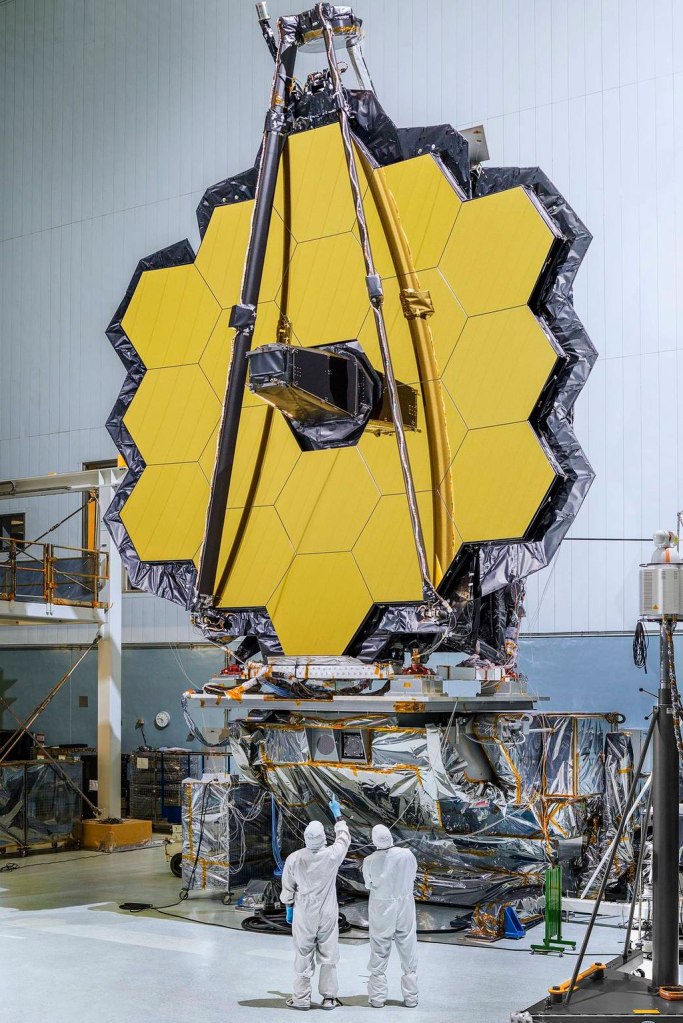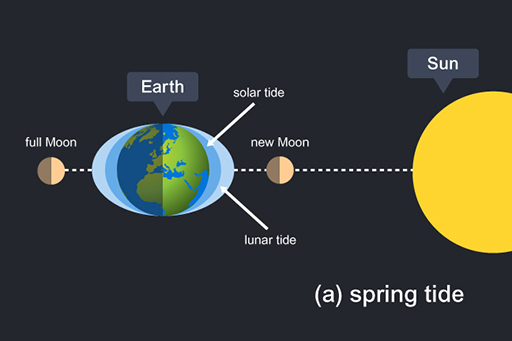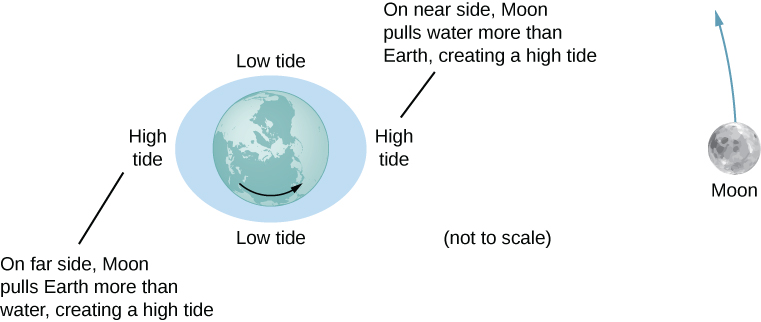
Illustration of Newton’s First Law of Motion
Have you ever wondered why spaceships do not rely on fuel once they are in outer space or why it is easy to throw a light object far but difficult to throw a heavy object far? At the end of the day, the answers to these questions boil down to Newton’s laws of motion.
THE FIRST LAW
Newton discovered that an object in motion will remain at the same velocity and that an object at rest will remain at rest unless it is acted on by a force. Imagine if this law were not true, your parked car in a parking lot could spontaneously drive off without you. This also answers why spaceships no longer need fuel in outer space. Once out of Earth’s atmosphere, which causes drag and friction, the spaceship maintains the velocity it is at since no forces act on it.
THE SECOND LAW
The force applied to an object is equal to the product of its mass and acceleration. Therefore, a lighter object can be thrown further since it has a smaller mass and therefore a greater acceleration. Mass and acceleration are inversely proportional in this law.
THE THIRD LAW
All forces have an equal and opposite reaction force. This means that for any force applied in a certain direction, there is a force of equal magnitude being applied in the opposite direction. In fact, you encounter this law in your daily life. When you sit on a chair, not only do you exert a downward force on the chair, but the chair exerts an upward force of equal magnitude on you. This is why a water bottle can sit on a desk and a pan can rest on a stove!













